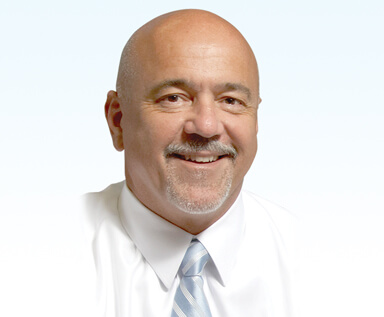From Technologies to Models: A Changing Medical Landscape
- By Patrick M. Schmidt
 ADVANCES IN medical technologies and models are rapidly creating a changing medical landscape. Indeed, in the next 10 or 20 years, medicine promises to evolve tremendously, greatly benefiting the value and quality of patient care and modernizing practices. That’s the focus of this innovation-themed issue: modern tools of medicine and how they will shape the future of healthcare.
ADVANCES IN medical technologies and models are rapidly creating a changing medical landscape. Indeed, in the next 10 or 20 years, medicine promises to evolve tremendously, greatly benefiting the value and quality of patient care and modernizing practices. That’s the focus of this innovation-themed issue: modern tools of medicine and how they will shape the future of healthcare.
Digital technologies are blazing full speed ahead. With so much innovation in this arena, it would be impossible to capture all the progress in one issue. So, we’re previewing a few of the more interesting technologies. Our article “Increasing Patient Engagement Through Online Digital Health Records and Apps” reports on the evolution of electronic health records (EHRs), a concept first introduced in the 1960s to automate patients’ health records. While the initial goal of EHRs was to incentivize providers to deliver better patient care, it wasn’t until the last decade or so that EHRs have truly made inroads. Today, personal health records (PHRs) and healthcare apps interface with providers’ EHRs, allowing patients to enter real-time information that feeds into them. With this synchronization, providers can track patient stress levels, blood pressure, glucose, etc., as a means to promote greater adherence and oversight to treatment plans. And, while it’s not always easy to convince patients to use these new tools (a poll shows only 20 percent of U.S. adults access their medical records online), we provide some marketing strategies physician offices can implement to help patients overcome technological barriers and show them the value of participating in their own care.
Other technological developments that aim to improve patient care are modernizing the way medicine is practiced and contributing to a changing medical landscape. In our article “Revolutionizing Patient Care with Digital Technologies,” we feature a number of leading-edge digital platforms both in development and in use in the classroom, clinical trials and practice. These include a tool that provides surgical students with a 3-D model of conducting surgery rather then the standard 2-D textbook model currently in place; the use of Apple’s ResearchKit platform in combination with mobile apps that provide more accurate data about patients in clinical trials; and apps that remind patients to take their medications so they stay on track, and offer providers real-time data about medication adherence.
This increased interest in better patient outcomes has launched a new medical practice model known as concierge medicine that focuses on quality rather than quantity. The idea for concierge medicine, launched in 1996 by a company named MD2, has since burgeoned throughout the country. The reason? As we explain in our article “Concierge Medicine: Reinventing Primary Care,” physicians are frustrated with high patient loads preventing them from spending adequate time with patients, increasing overhead costs and cutbacks in insurance reimbursement. While there are different levels of concierge medicine, all operate like a “private club,” with patients paying a fee for enhanced personal care, including timely appointments, access to physicians via phone, longer office visits, reduced costs for some services and coordinated care for those with more complex medical needs. Under this up-and-coming model, physicians can limit the number of patients they see and, in some instances, operate on a cash-only basis. It could well be a win-win for many patients and providers.
As always, we hope you enjoy this issue of BioSupply Trends Quarterly, and find it both relevant and helpful to your practice.
Helping Healthcare Care,

Patrick M. Schmidt
Publisher